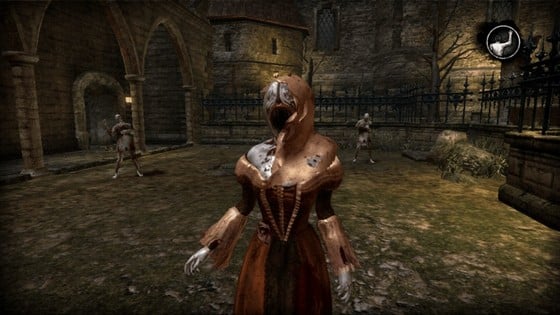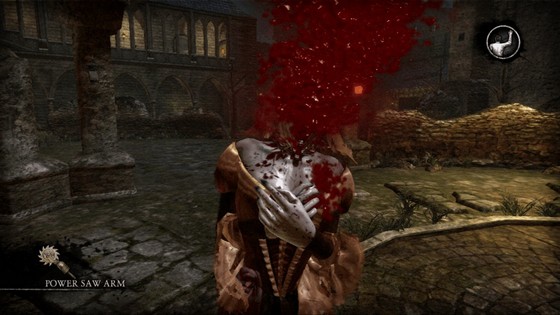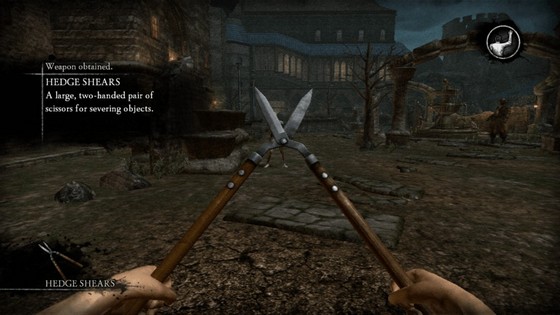This article is more than 1 year old
Rise of Nightmares
Kinect's first frightfest?
Review A spine-tingling unease, an oppressive sense of dread, an irrepressible fear – dusting off and firing up the Kinect sensor can fill any self respecting gamer with a profound foreboding. Since its release almost a year ago, Child of Eden stands as the only hardcore game to shine its - admittedly brilliant - light through the gloom of casual, throwaway motion-controlled titles.
Enter Rise of Nightmares to provide Kinect's most stringent test yet. A full first-person survival horror game, Sega's gruesome scarefest might leave Kinect's hardcore credentials battered and bloodied, but there's just enough hope amid the horrors to provide Microsoft's all-seeing peripheral with a temporary stay of execution.

Don't get mouthy with me
On first impressions alone, Kinect deserves no such reprieve. Rise of Nightmares' motion controls initially feel as mechanically shambolic as its many lurching, undead denizens. In theory, movement seems simple enough: one foot ahead to walk forwards, one foot behind to step backwards and a slight turn of the shoulders to change direction. So does combat, with its more traditional Kinect-friendly gestures of slashing, throwing and blocking.
But, for the game's opening hour at least, the execution proves exasperating, as you continually snag yourself on walls, struggle to line up with interactive objects and stumble unwittingly into throngs of undead.

Head off for more kills
Of course, of all the hardcore genres, survival horror is perhaps the most amenable to Kinect's limitations. Restricted movement has long been one of the genre's most staple conventions, used to ratchet up tension by instilling players with a greater sense of vulnerability.
Anyone who complains that the Resident Evil or Dead Space series have clunky controls is missing the point entirely.

I'll take some dead meat with all the trimmings
So, while it's true those initial Kinect misgivings never truly disappear, it's testament to the genre's principles and Sega's clever gameplay concessions that, once mastered, the motion controls rarely frustrate to the point of distraction.
In regular games, those concessions would amount to weaknesses. But here they're vital to squeeze the first-person experience into motion controls. Auto aim helps reduce Kinect's occasional inexactitude when throwing objects or switching between enemies. Large object icons minimise the precision required when picking up items or opening doors. And there's a handy option to switch to on-rails movement to provide occasional respite from the tiring full control.
